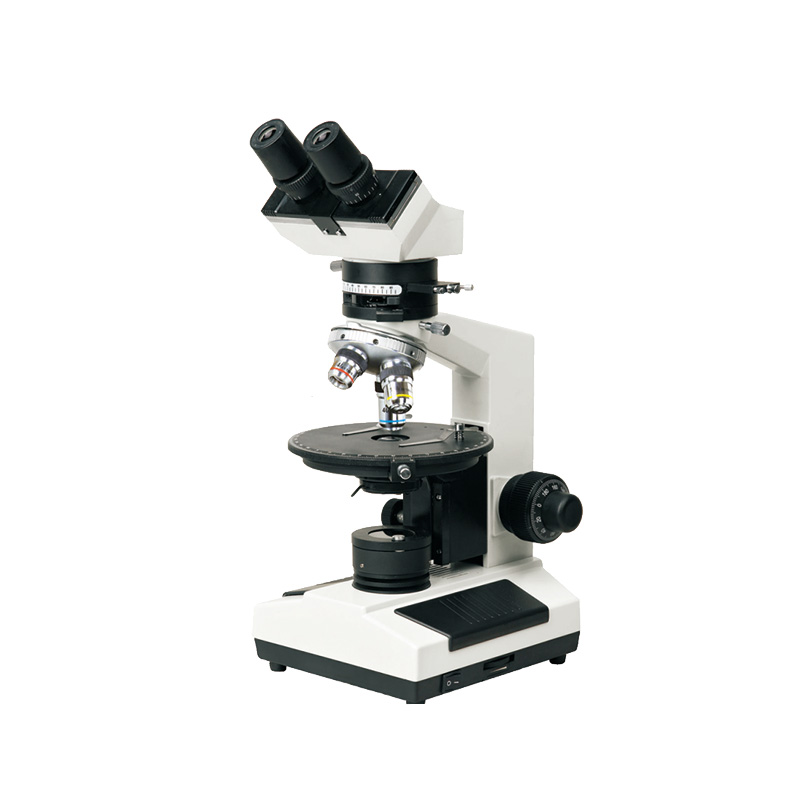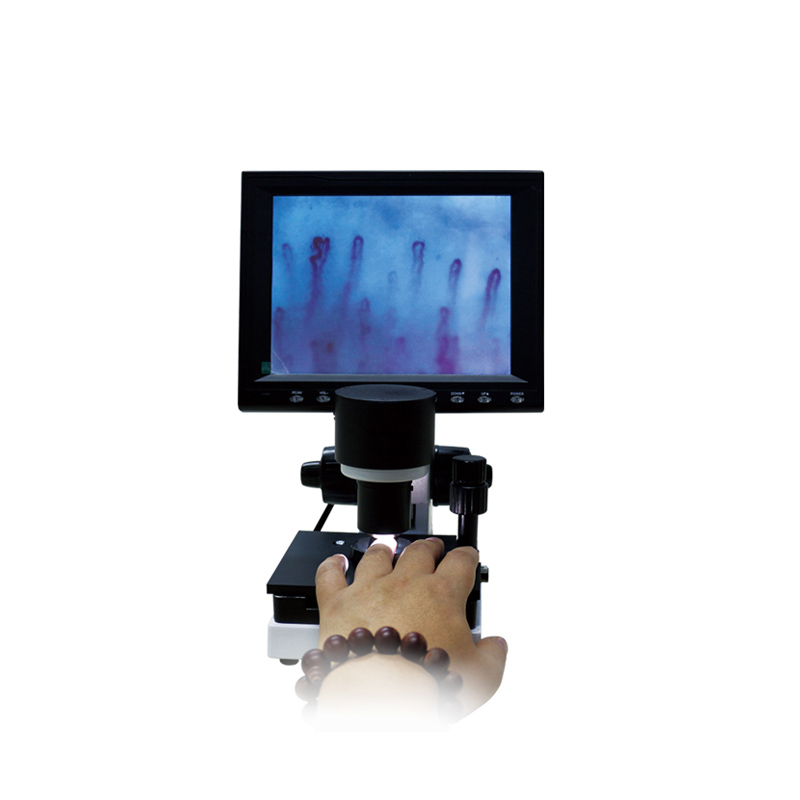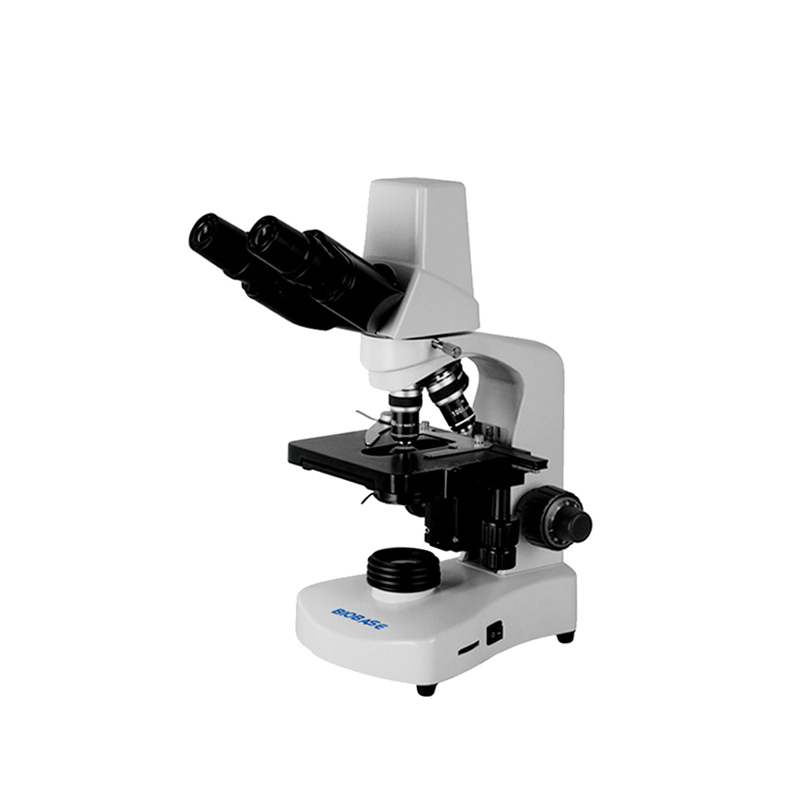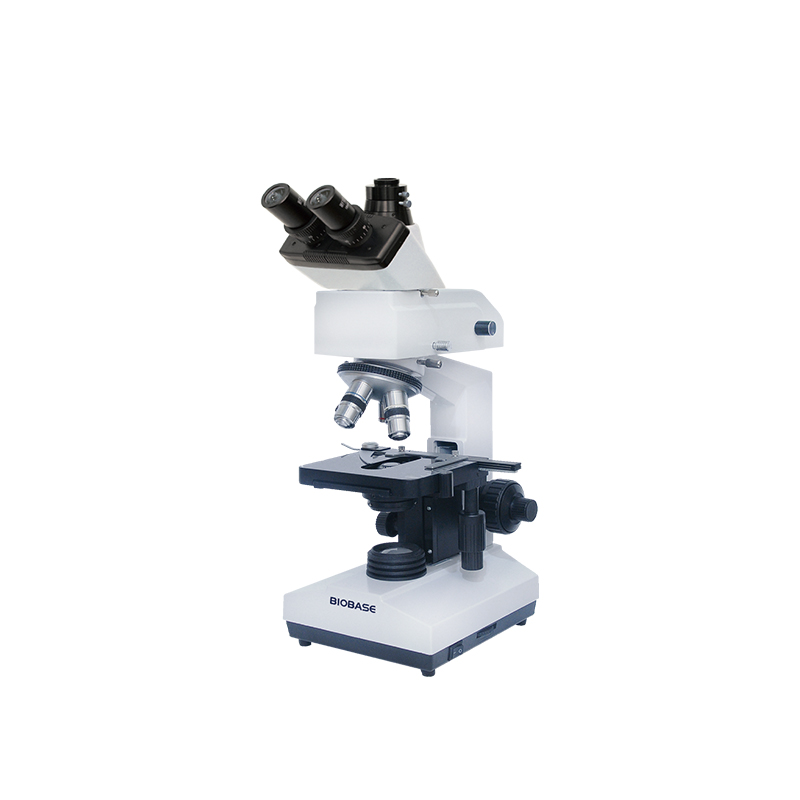
Polarizing Biological Microscope BMP-107B BMP-107T
Brand BIOBASE
Product origin CHINA
Delivery time Within 7 days
Supply capacity Factory Direct Supply
Model BMP-107B BMP-107T
Introduction:
Polarizing biological microscope is a kind of microscope which uses the polarization property of light to study and identify birefringent substances. By converting ordinary light into polarized light for observation, it is able to clearly distinguish between monorefractive(isotropic) and birefringent(anisotropic) substances. Polarizing microscope is widely used in geology, minerals, metallurgy, chemical industry, semiconductor industry and many other fields .
Download
Technical Parameters:
Model | BMP-107B | BMP-107T | |
Viewing Head | Sliding Binocular Head at 45°, 360° rotatable | √ | / |
Sliding Trinocular Head at 45°, 360° rotatable | / | √ | |
Eyepiece | Eyepiece WF10X/18 with Scale of Crosshair | √ | √ |
Eyepiece WF10X/18 | √ | √ | |
Objective | Strain free Achromatic Objective 4X, 10X, 40X | √ | √ |
Nosepiece | Toward Quadruple Nosepiece, Center Adjustable | √ | √ |
Analyzer | Rotatable Analyzer with Gradation 0°~90° | √ | √ |
Bertrand Lens | Bertrand Lens, Sliding in/out of Optical Path | √ | √ |
Optical Compensator | λ Slip(first class red) | √ | √ |
1/4λ Slip | √ | √ | |
Quartz wedge | √ | √ | |
Revolving | Diameter Φ160mm, Graduated in 1° Increments, Minimum Resolution 6' when using Vernier Scale | √ | √ |
Condenser | Abbe Condenser with Iris Diaphragm & Filter | √ | √ |
Focusing | Coaxial Coarse&Fine Adjustment, Range 28mm, Fine Division 0.002mm | √ | √ |
Polarizer | Sliding in/out of Optical Path, Located on the Top of Collector | √ | √ |
Illumination | 6V/20W Halogen Lamp, Brightness Adjustable | √ | √ |
Power Supply | AC110~220V, 50/60Hz | √ | √ |
Package Size | 327*273*425mm | √ | √ |
Gross Weight | 7.5kg | √ | √ |












